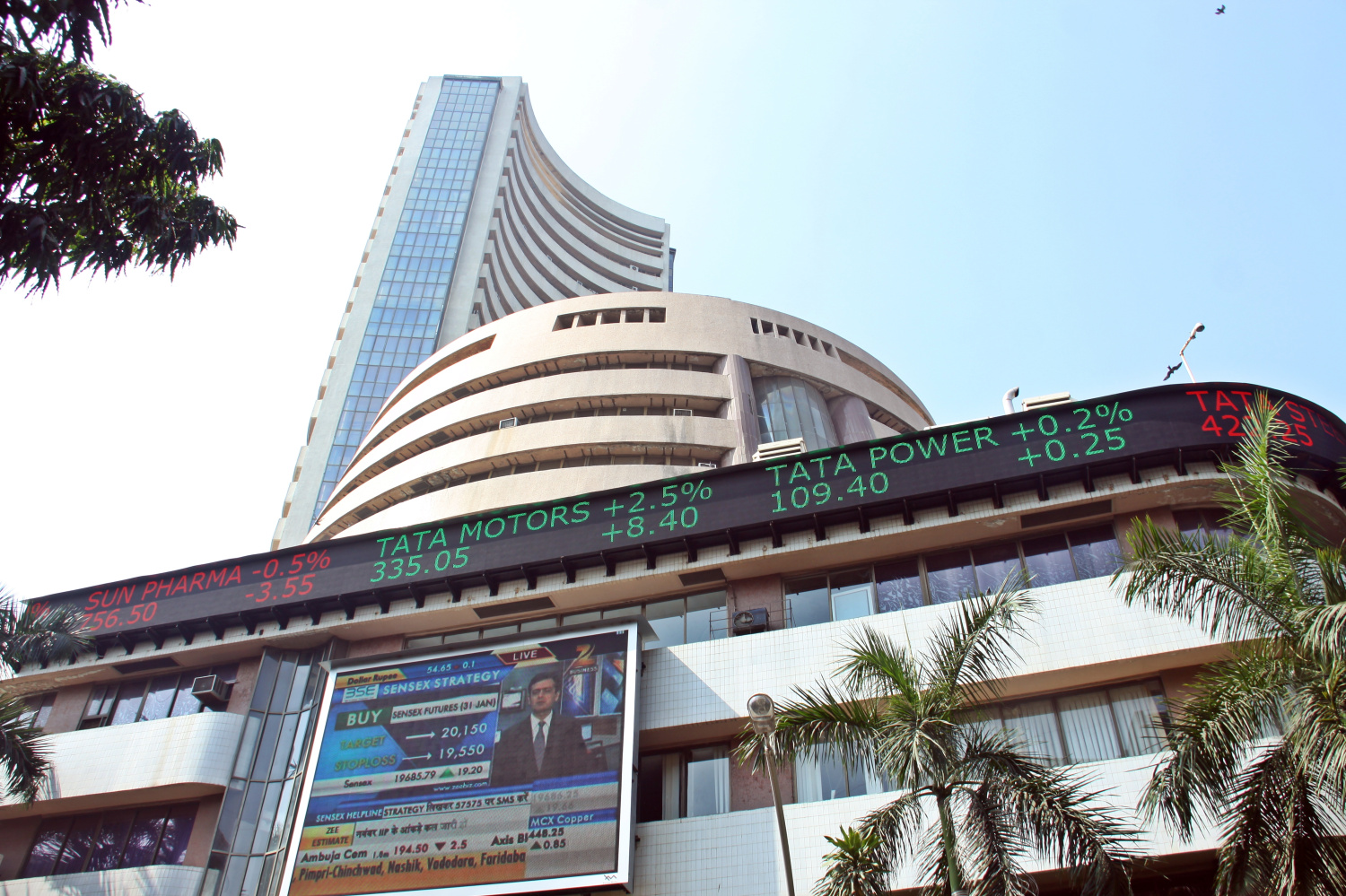
(Photo : Wikimedia commons)
Bombay Stock Exchange
India's benchmark Sensex tumbled over 900 points on Monday, driven by investor caution surrounding the ongoing U.S. presidential election and upcoming Federal Reserve monetary policy announcement. The BSE Sensex ended the day 941.88 points down, or 1.18%, while the NSE Nifty closed at 23,995.35, falling 309 points or 1.27%.
Early trading saw a deeper plunge, with Sensex down over 1,300 points before a partial recovery towards market close. Concerns about U.S. political uncertainty and potential shifts in Federal Reserve policy weighed heavily on sentiment, pushing mid and small cap indices down by around 2%.
The Nifty Bank index slipped 458.65 points, or 0.89%, to close at 51,215.25. The Nifty Midcap 100 lost 711.50 points, or 1.26%, ending at 55,784.55, while the Nifty Smallcap 100 closed at 18,424.65, marking a 1.97% decline.
Sectoral performance was largely negative, with significant declines in realty, energy, media, infrastructure, and commodities. Auto, financial services, FMCG, and metals also trended downward, each falling approximately 1%. On the BSE, declining stocks outnumbered gainers by a substantial margin, with 2,705 shares in the red against 1,357 in the green.
Among Sensex's worst performers were Reliance Industries, Sun Pharma, Bajaj Finserv, NTPC, Tata Motors, and Axis Bank. Meanwhile, M&M, Tech Mahindra, SBI, HCL Tech, Infosys, and IndusInd Bank bucked the trend, emerging as the top gainers.
The day's sell-off saw the BSE market cap erode by nearly Rs 6 lakh crore, reducing its total valuation to Rs 442 lakh crore.
Market experts noted that Nifty's drop below the critical 24,000 mark signals potential further downside unless the index recovers above 24,100. A slide towards 23,650 could follow if selling pressure continues, while a decisive move beyond 24,100 could set the stage for a rally towards 24,500.
Investors will be closely watching the Federal Reserve's policy announcement on November 7 for cues on the direction of interest rates and broader market trends.









